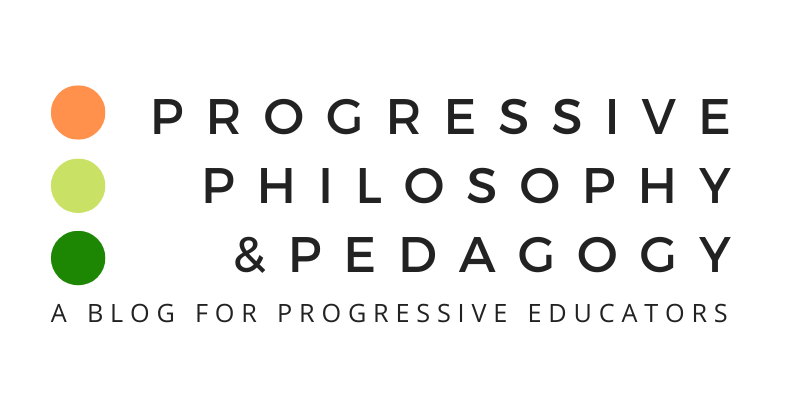
An online thinkspace, where progressive philosophers and practitioners from across the globe can connect through community and inquiry to carry out the movement’s important commitment to the intersection of democracy and education.
Read our most recent postS
Every two years I am invited to Hanahau’oli’s Kulā'iwi (multiage grades 2-3) classroom to support the students in learning more about the school’s history, progressive education philosophy, and the reasons why having a philosophy is critical to the school’s mission. This is a part of their “School Unit,” which is designed to teach the following key concepts, essential questions and instructional learner outcomes.
“Art has the role in education of helping children become like themselves instead of more like everyone else.” – Sydney Gurewitz Clemens
This quote from the influential American educator Sydney Gurewitz Clemens speaks to what I see as the power of the use of the arts in educating children and adolescents. Whether it’s through the drawing out of their ideas, the enactment of characters in a student-created play to demonstrate learning, or the creation of poetry around their observations of the natural world, the arts allow each student to communicate their thinking through creative products that are unique to that individual. Additionally, when an individual student’s creative products are viewed and witnessed by others, it not only helps to deepen connections to learning content, but also between the individual artist-creator and their peers and teacher.
Browse previous posts
by topics in progressive education
Progressive education Philosophy
Progressive Education Curriculum
Progressive education Teacher professional development
Connecting progressive education history to today
Progressive Education Pedagogy & Practice
Progressive Education Assessment
Progressive Educator Reflections
Social Justice Education
Progressive Philosophy and Pedagogy: A Blog for Progressive Educators is edited by Amber Strong Makaiau and Veronica Kimi. To support the ongoing professional development of educators seeking to share their ideas and success stories via the blog, Makaiau and Kimi provide 1:1 conferencing and writing support during the publication process. Click here to learn more about contributing to the blog.








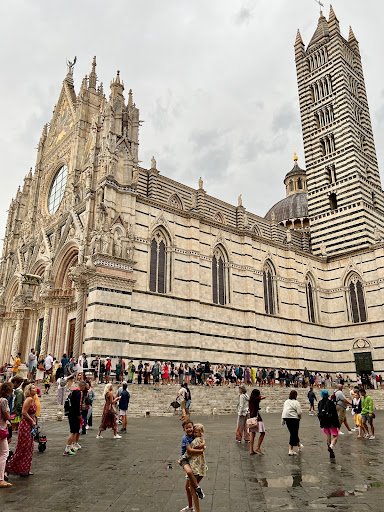
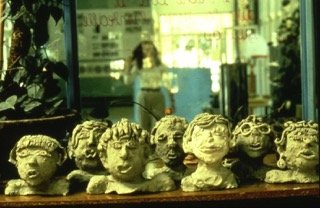






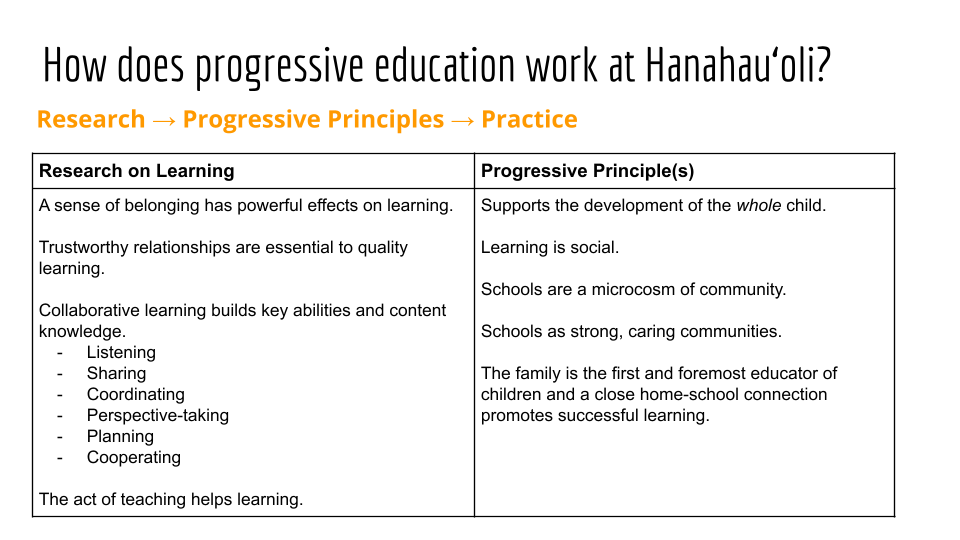
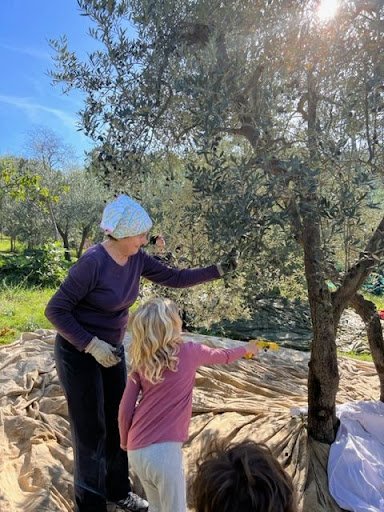

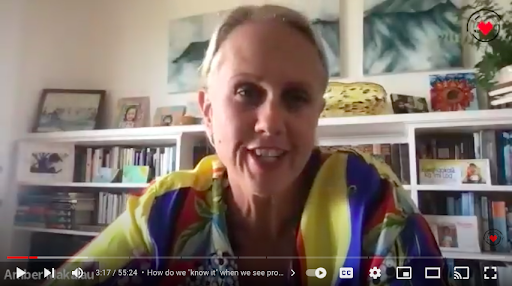





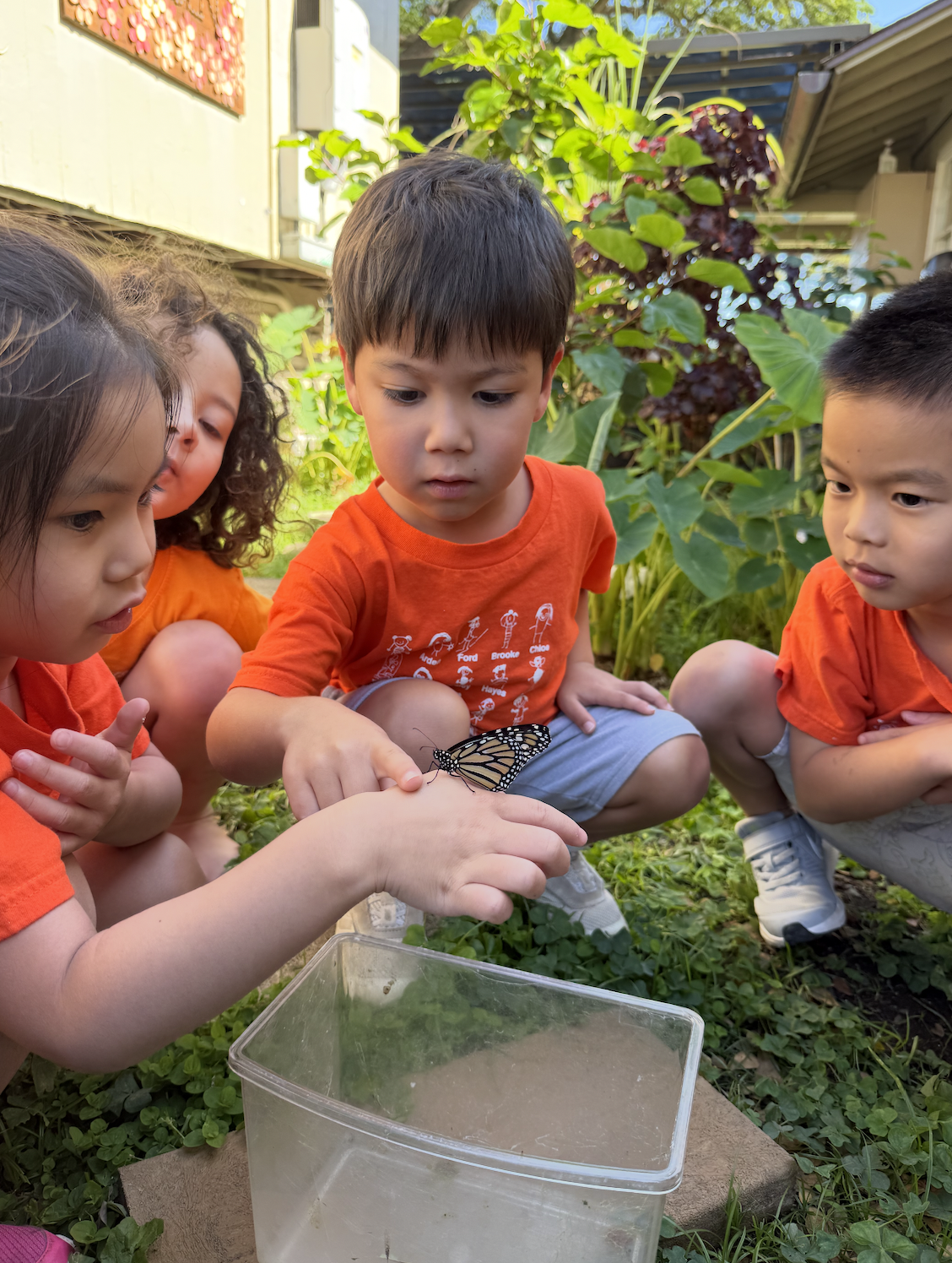

















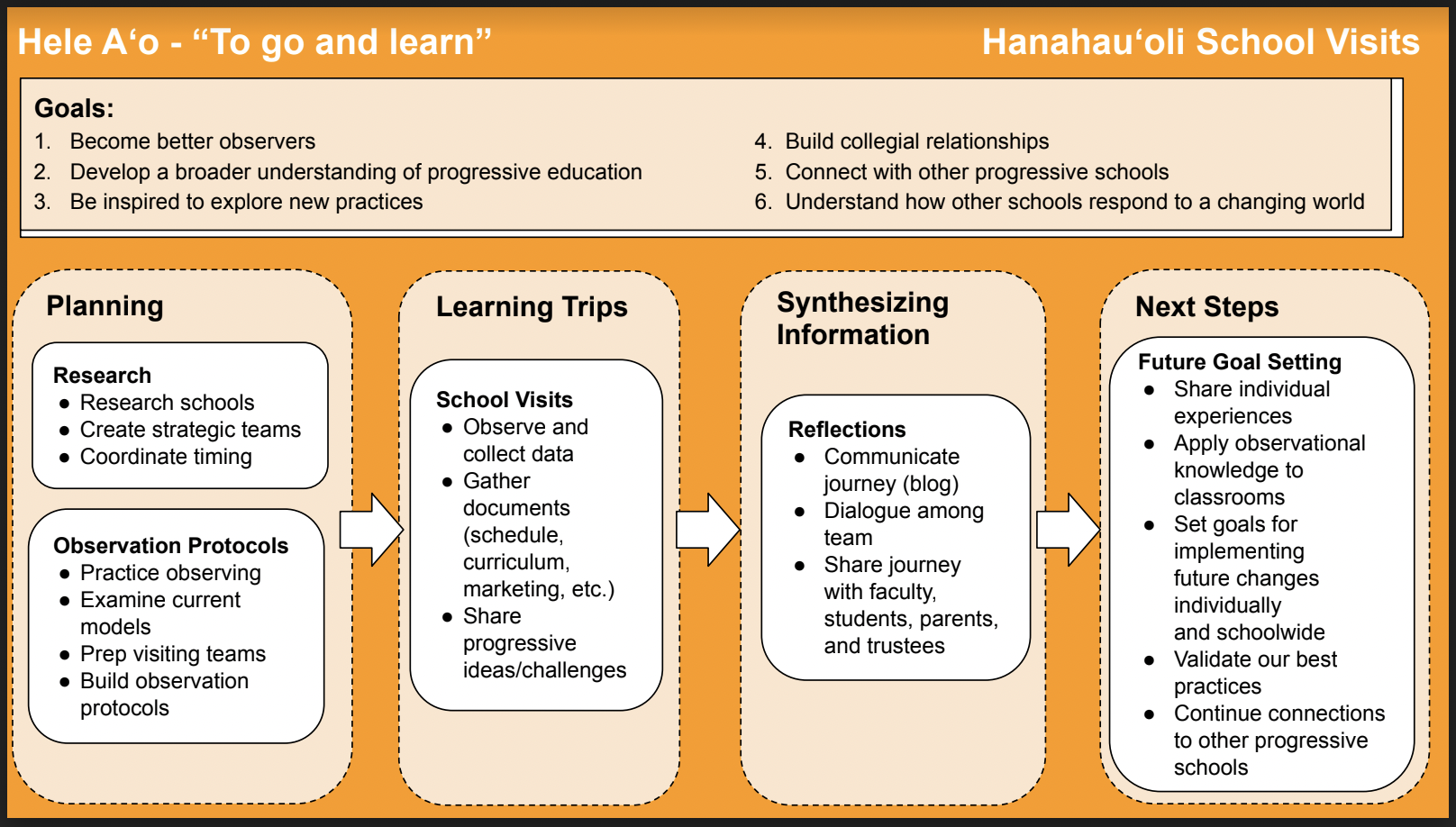




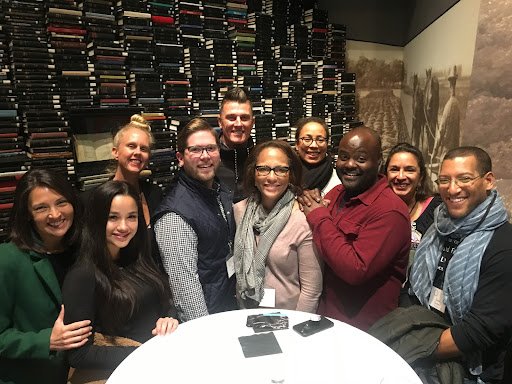
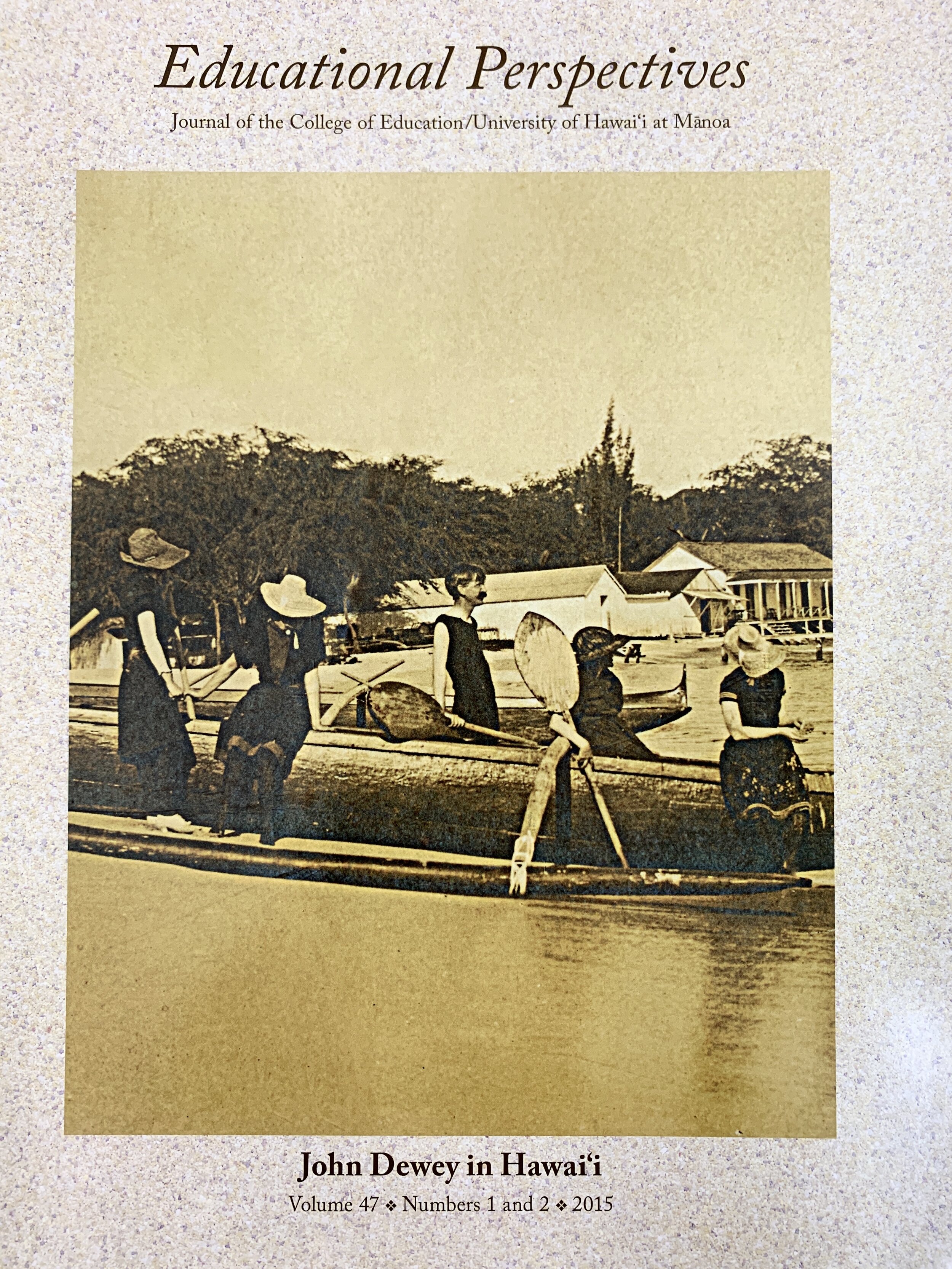

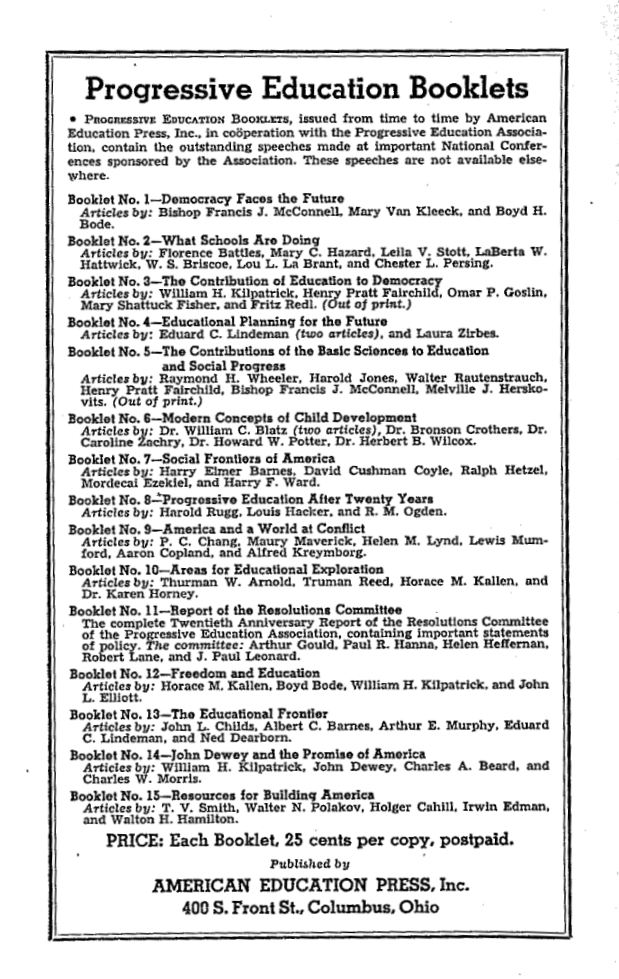















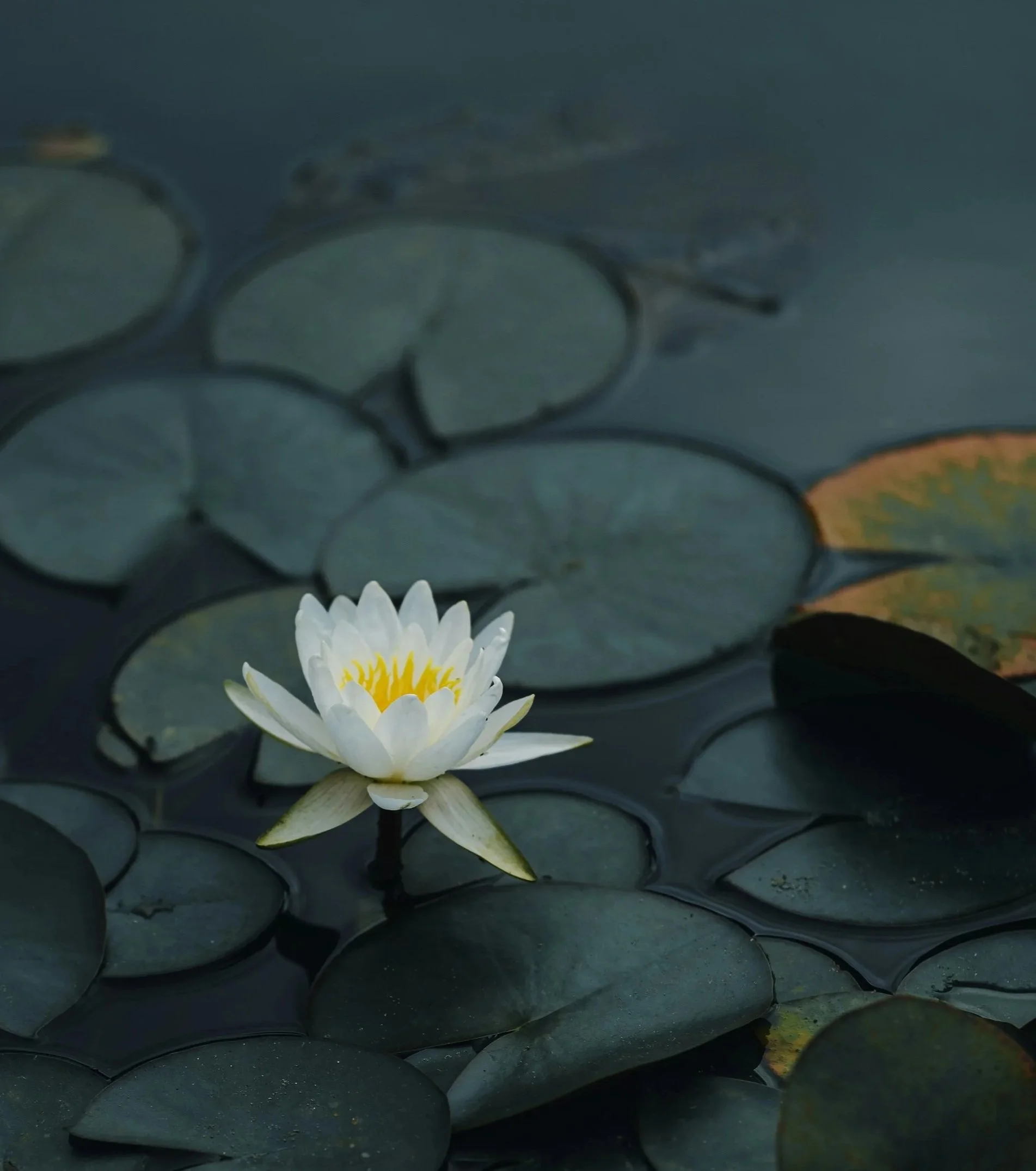

























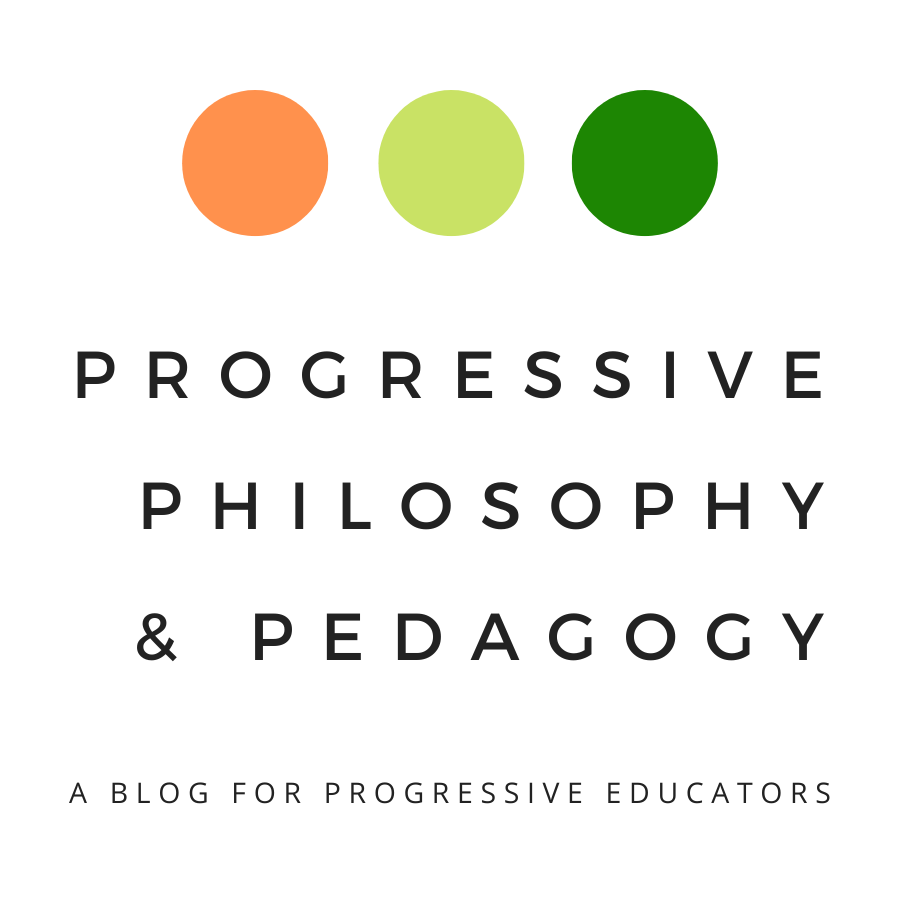


















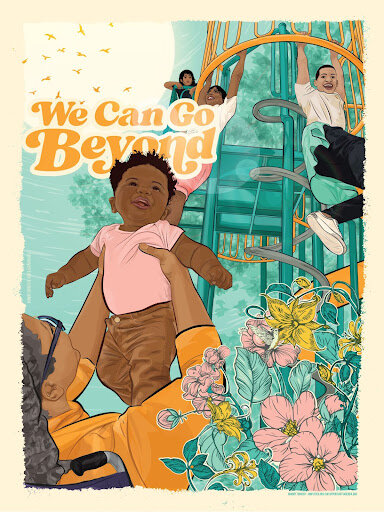

On Thursday, September 11 and Friday, September 12, 2025 the Hanahau’oli School Professional Development Center hosted a two day workshop titled, A Commitment to Equity: Connecting the Nā Hopena A‘o Framework to Anti-Bias Early Childhood Education. In past years, this workshop has sold out within weeks of registration opening, but this time around educators were slow to sign up and the number of attendees was comparatively smaller to previous offerings of this program.